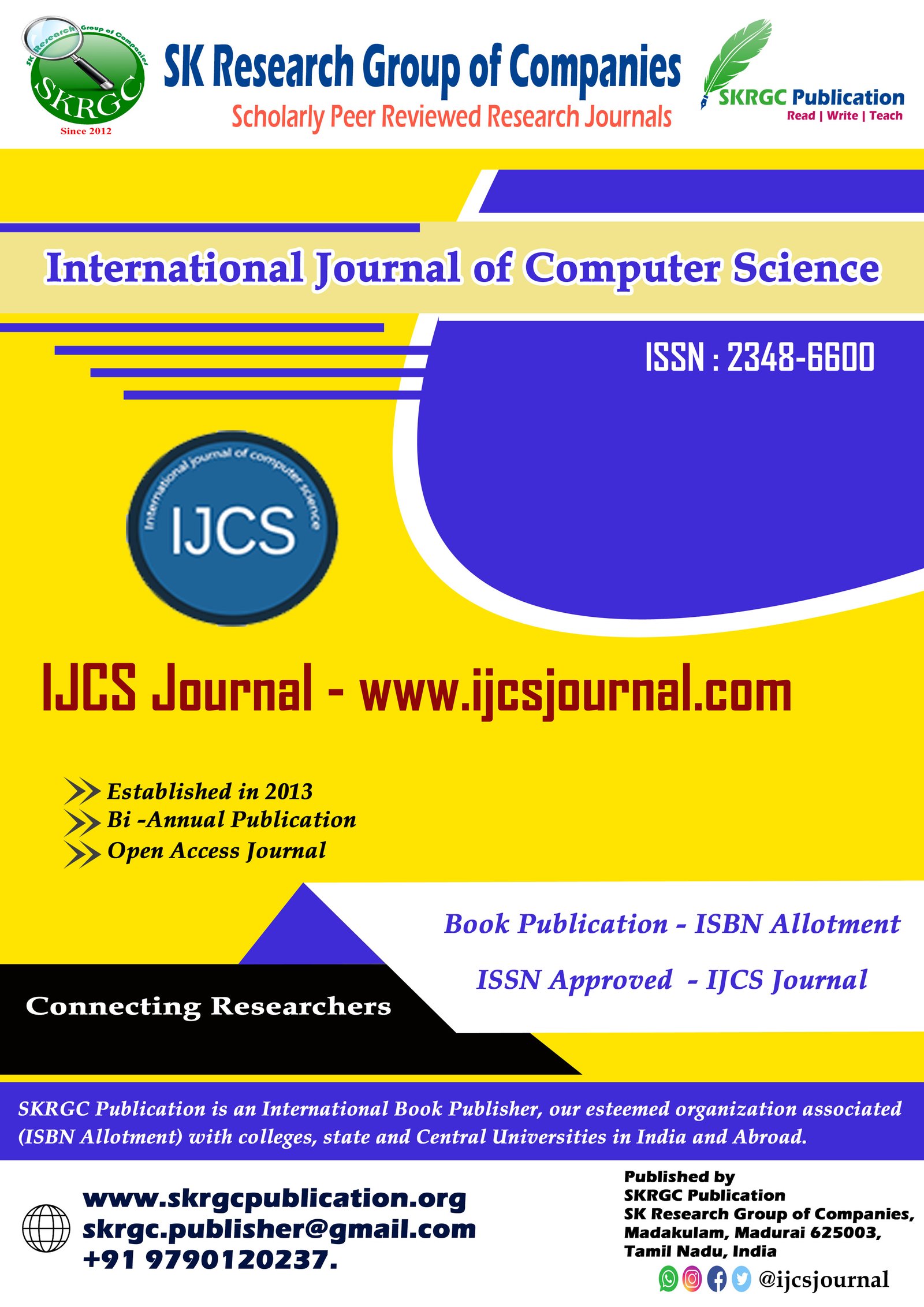INTERNET OF ROBOTIC THINGS: A NEW PARADIGM IN SMART TECHNOLOGIES
International Journal of Computer Science (IJCS) Published by SK Research Group of Companies (SKRGC).
Download this PDF format
Abstract
The Internet of Robotic Things (IoRT) represents a transformative convergence of robotics, artificial intelligence (AI), and the Internet of Things (IoT). IoRT enhances the capabilities of smart devices by enabling autonomous decision-making, real-time monitoring, and seamless communication. This paper explores the architecture, key technologies, applications, and future directions of IoRT. It discusses the challenges, such as security, interoperability, and data privacy, while also highlighting innovations that are shaping the IoRT ecosystem. This article aims to provide a comprehensive understanding of how IoRT is reshaping industries and improving human-machine collaboration.
References
1. Atzori, L., Iera, A., & Morabito, G. (2010). "The Internet of Things: A survey." Computer Networks, 54(15), 2787-2805.
2. Ray, P. P. (2016). "A survey on Internet of Things architectures." Journal of King Saud University-Computer and Information Sciences, 30(3), 291-319.
3. Chen, B., Wan, J., & Li, Q. (2017). "A survey of Internet of Things." Journal of Industrial Information Integration, 1, 3-13.
4. Yang, G. Z., et al. (2018). "The grand challenges of Science Robotics." Science Robotics, 3(14), eaar7650.
5. Lee, I., & Lee, K. (2015). "The Internet of Things (IoT): Applications, investments, and challenges for enterprises." Business Horizons, 58(4), 431-440.
6. Shafique, K., et al. (2020). "Internet of Things (IoT) for next-generation smart systems: A review of current challenges, future trends and prospects for emerging 5G-enabled IoT." IEEE Access, 8, 23022-23040.
7. Sicari, S., Rizzardi, A., & Coen-Porisini, A. (2015). "Security, privacy and trust in Internet of Things: The road ahead." Computer Networks, 76, 146-164.
Keywords
Internet of Robotic Things, IoRT, Smart Technologies, Artificial Intelligence, IoT, Cyber-Physical Systems.

